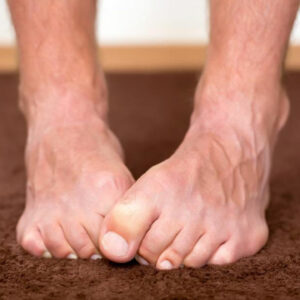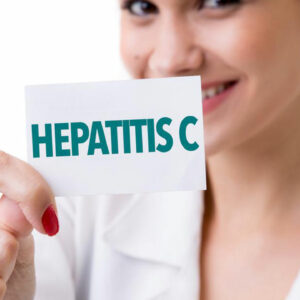
01
Neuropathy Foot Pain – Symptoms, Causes, Treatments and More
The nervous system is responsible for control and coordination of the body. It connects all the nerves in the brain and spinal cord to other parts of the body such as face, feet, legs, hands, and face. Signals are carried by the nerves to the brain. Peripheral neuropathy disorder causes the dysfunction of the nerves. Damaged nerves don’t function properly and even transmit the pain signals to the body. Infection, injury, and genetic disorders cause the peripheral neuropathy. Peripheral neuropathy disorder affects the three nerves an they are sensory, motor and autonomic nerves. The sensory nerves connect to the skin. Autonomic nerves connect to the internal organs, and the motor nerves are connected with the muscles. This problem impacts the normal functioning of these nerves. Symptoms of the Neuropathy Foot Pain: You will feel tingling sensation and pain in feet Numbness Thin Skin Constipation Decrease in the blood pressure Diarrhoea Excess Sweating on foot Sharp pain in foot Feeling of shock in the foot Heavy feeling in leg causing locking of legs Causes of the neuropathy foot pain Different factors cause the neuropathy disorder. If you have a family record of the disorder, you may likely have the problem. Apart from other causes of the foot pain are mentioned below. Chronic diabetes causes numbness and pain in feet due to the damaged nerves. Obese people or people suffering hypertension are also prone to the problem. Lack of essential vitamin which is responsible for good nerve health may aggravate the problem. Kidney failure results in the build-up of toxins and damages the nerves. Excess thyroid levels increase the fluid retention which exerts more pressure on the nerves. Prolonged inflammation obstructs the functioning of the nerves. Fractures and injuries can damage the nerves. Maintaining the same position for long hours increases the pressure on the nerves.
Read More 










